Urinary incontinence is the loss of bladder control. There are different causes but the end result is wet pants and often embarrassment.
Symptoms of incontinence can range from the occasional leak from coughing or laughing to a constant dribble or a total emptying of the bladder before you reach the toilet. Incontinence is more common in women due to differences in structure of our urinary tract.
Causes:
- Incontinence is usually associated with childbirth, menopause or aging.
- Sometimes a physical condition causes loss of bladder control. Things like a prolapsed uterus from childbirth or aging could be the cause, and this might need surgery.
- Needing to go suddenly and not being able to get to the toilet in time is known as ‘urge incontinence’. There are a range of causes for this including neurological conditions that interfere with the messages between the bladder and the brain and so you don’t know you need to go toilet, or don’t know in time. This might be Parkinson’s, multiple sclerosis, brain tumour, spinal injury or a stroke.
- Physical difficulty in getting to the toilet e.g. arthritis or a stroke may make getting to toilet slower.
- ‘Overflow incontinence’ is when the bladder does not empty properly and so there is a constant dribble of urine escaping.
- Incontinence can be a sign of some disease such as diabetes.
- Prostate enlargement in men can result in incontinence. This might be the common age related enlargement or it might be prostate cancer.
- Being overweight or smoking increases your chance of urinary incontinence. These are also risk factors for many health conditions from cancer or heart attacks to dementia. It is always best to check you keep within the healthy weight range for your height and give up smoking if you are a smoker.
Some things that might cause short term incontinence include alcohol, fizzy drinks, caffeine in tea or coffee and things that are high in sugar (sweet drinks) or high in acid (like citrus fruit. Some medicines might increase your need to go toilet. If you think your incontinence is caused by your medicine talk to your doctor or pharmacist. Loss of bladder control can also be caused by a urinary tract infection or by constipation.
Coping with incontinence
In the short term it is good to wear a pad or absorbent underwear of some kind so that you have the confidence to still go out and know it’s OK to laugh or sneeze. There a specific products for men and women that have absorbency in the appropriate areas. There are products for a light dribble through to total loss of bladder control.
If you are wet a lot of the time you might want to use a barrier cream like cocoa butter to protect your skin from the urine.
Do talk to your doctor about incontinence. They will want to make sure that you don’t have any medical condition causing the bladder problems. They can also prescribe medicines that might reduce your need to go toilet or review your current medicines in case any of them are causing the issue. Depending on the cause and severity of the incontinence the doctor may suggest surgery.
Increase physical activity. Ensure you are walking for a minimum of 30 minutes every day. This will help with general health as well as your incontinence.
Keep your bowel movements regular; eat plenty of fibre. The bowel and bladder are next to each other. When you get constipated it will affect your bladder.
Make lifestyle changes such as not rushing to the toilet as soon as you get home. Try to go before you start heading home so you don’t have to rush.
Longer-term there are pelvic floor muscle exercises that will increase your control of your bladder. This involves strengthening the muscles that hold in the urine. Tighten those muscles as if you are trying to stop wetting yourself. Hold for 5 seconds then release. Do this five times in a row and five times per day. Make sure you are only tightening the muscles that stop you urinating, keep you bottom and thigh muscles relaxed when doing this exercise.
Gradually increase to holding for 7 and then 10 seconds. Increase until you can do this 10 times in a row. Repeat this exercise 5 to 10 times per day. Have specific tasks that will remind you to practice these pelvic floor exercises like every time you are on the bus, every night as you prepare dinner, when you watch TV and when you first go to bed.
Five second hold, five times in a row and then repeat that five times per day. Don’t overdo it to start with. Like any exercise start with a little bit and build up.
Written by Linda Caddick
This blog provides general information and discussion about medicine, health and related subjects. The information contained in the blog and in any linked materials, are not intended nor implied to be a substitute for professional medical advice.

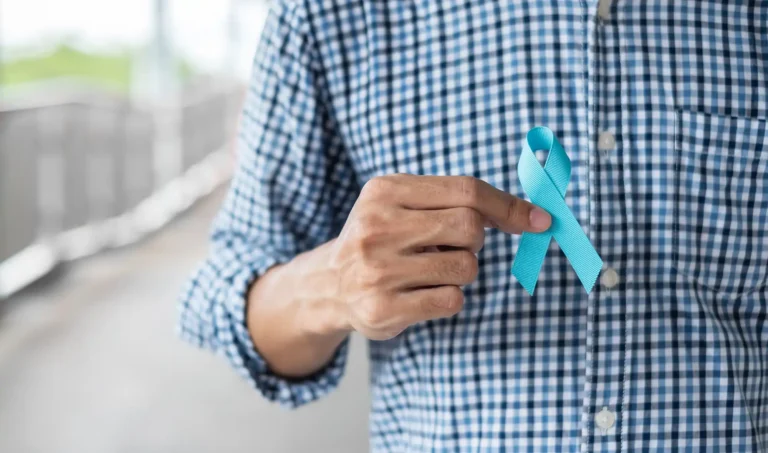



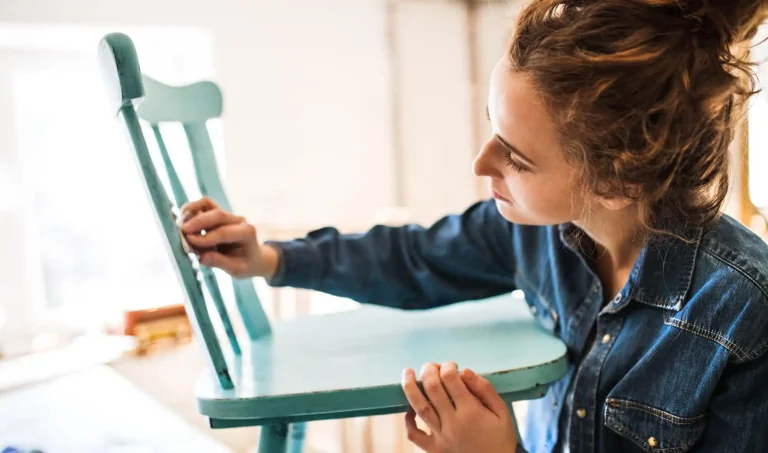
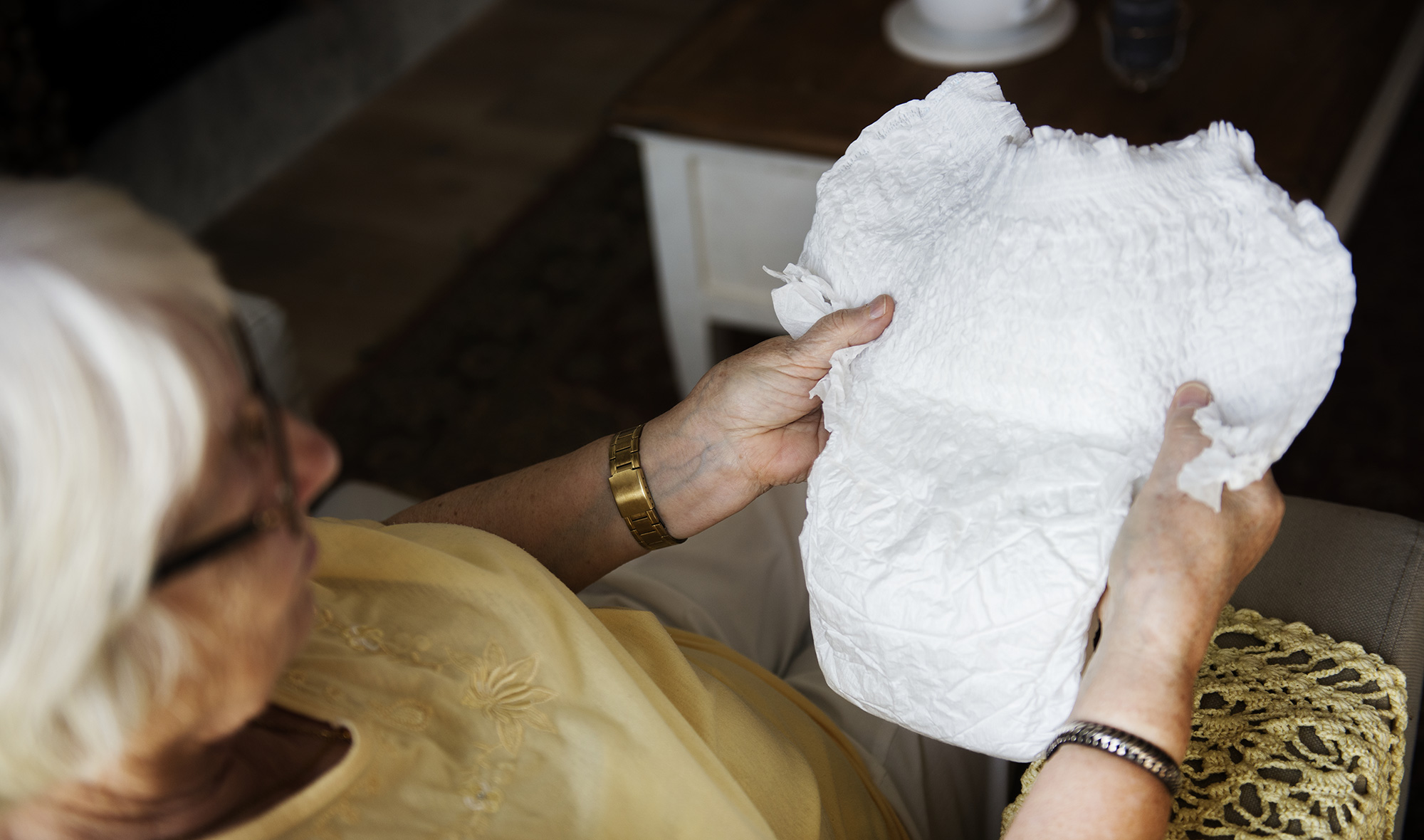
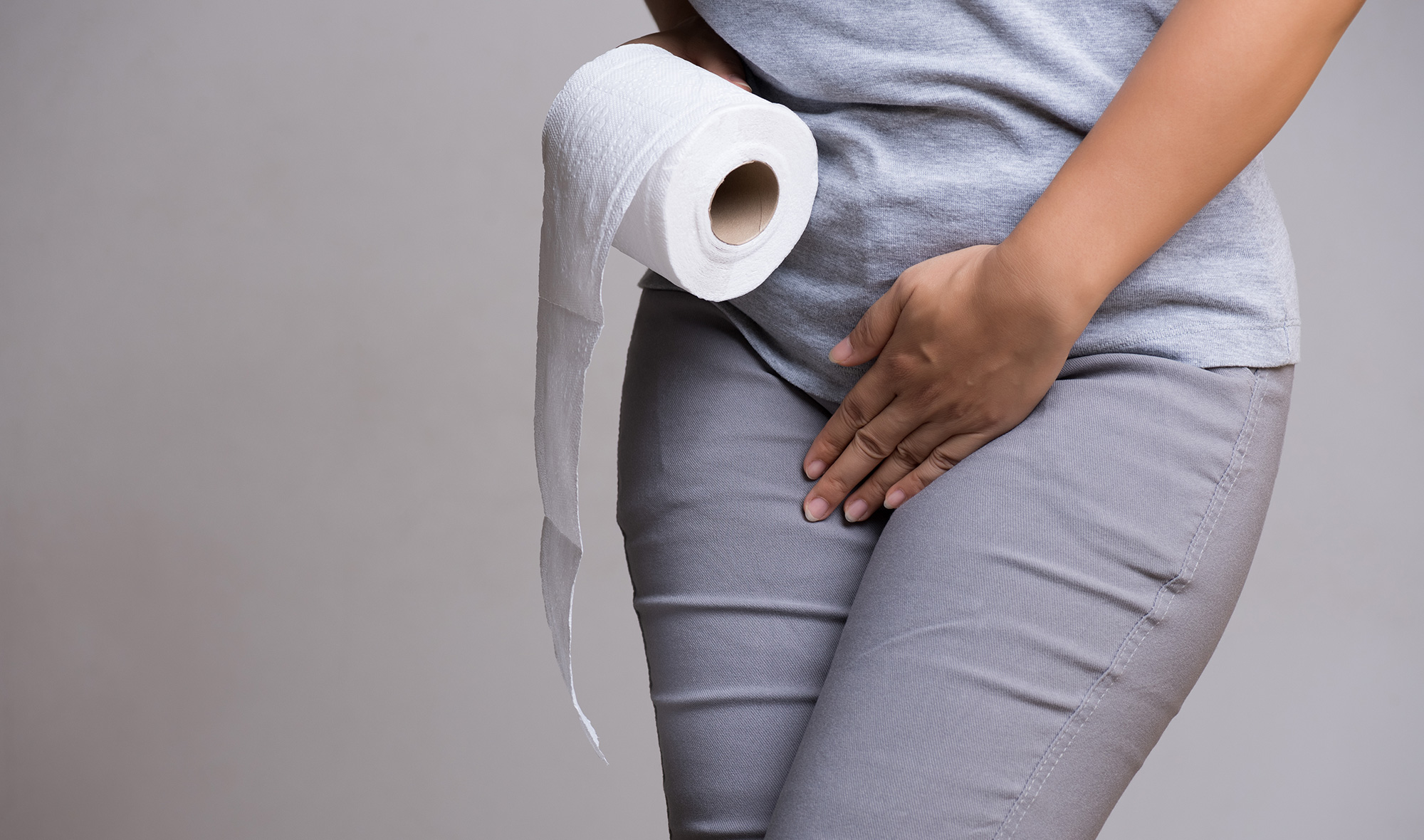


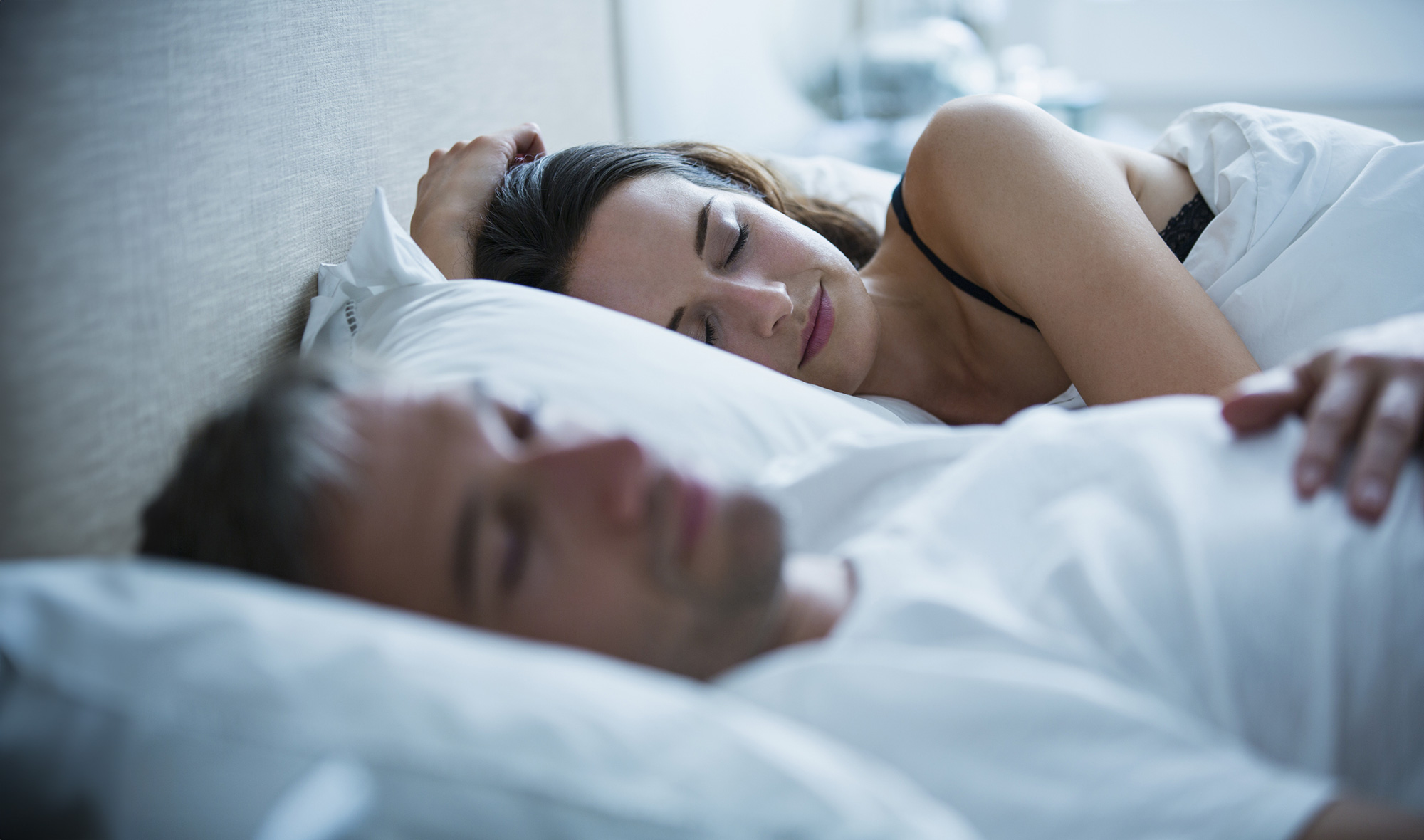
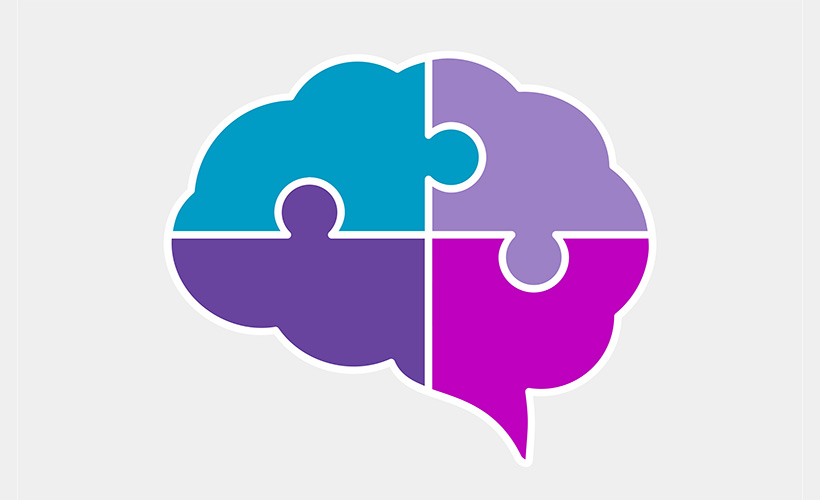
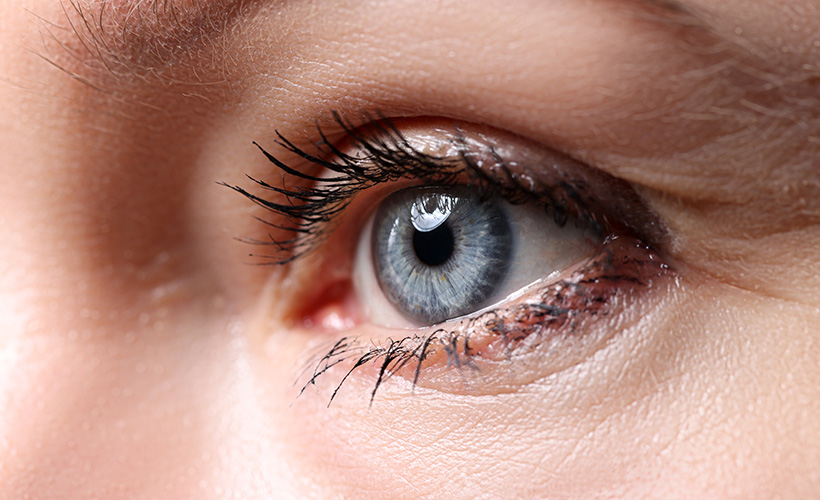

Community